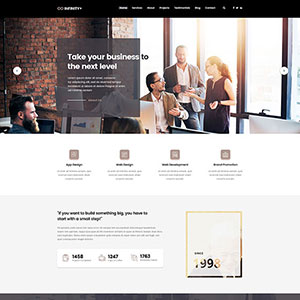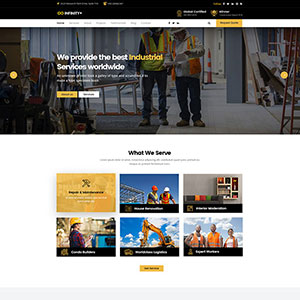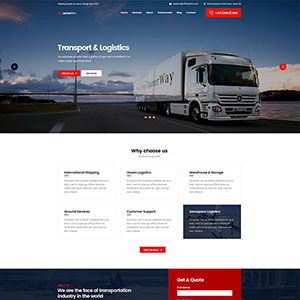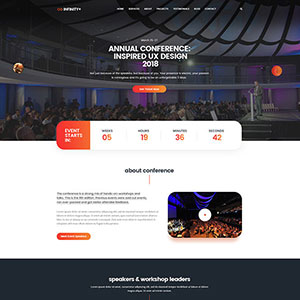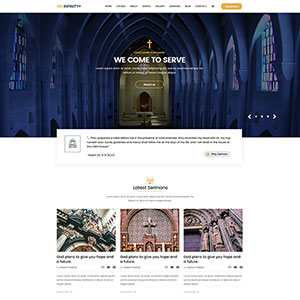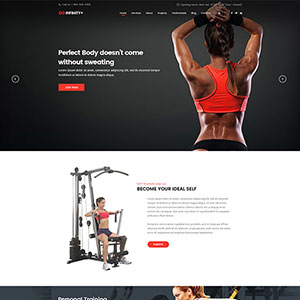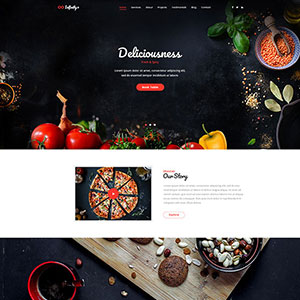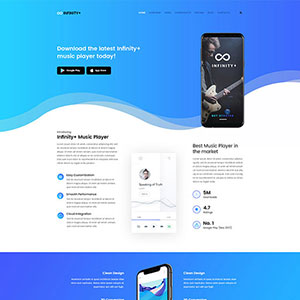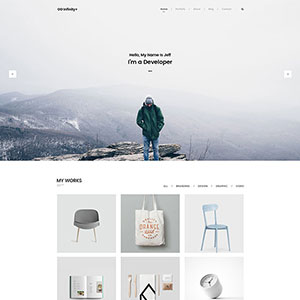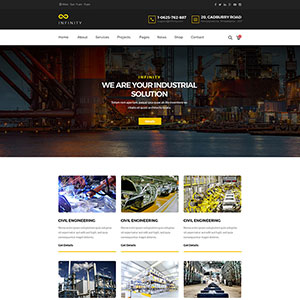As I reach my 30th anniversary in the freight transportation industry, I continue to be struck by the lack of innovation in this business. While we have had some changes over the past three decades (e.g. transition from 48 to 53 foot trailers and containers, scheduled train service, the rise of international freight transportation, speed limiters, GPS tracking devices, more energy efficient engines and transportation management software systems, the industry has not changed much when compared to others. If one looks at the retail industry and the advent of shopping over the internet, or the music industry and the advent if iTunes and iPods or the book and magazine publication industries and the advent of tablet computers, the transportation industry lags behind in innovation.
One can argue that changes in the transportation industry are constrained by existing road and rail infrastructure, government regulations and by the huge cost of changing transportation equipment standards. The fact is that with hybrid and battery powered engines in their infancy, we still have diesel powered tractors and locomotives pulling trailers and rail cars as we have had for decades. As a result, when a shipper or carrier tries to “break out of the box” and come up with something significantly different, we all should take a close look to see if this could be an opportunity to improve the competitiveness of North American supply chains.
Four five decades, wood pallets have been the industry standard for moving packaged freight. Swedish retailer Ikea is replacing its wooden plates, not with plastic but with paper pallets. Ikea uses 10 million pallets a year to ship its goods to its 287 stores in 26 countries. In January, Ikea will make the switch to paper with an expected savings of ten percent in transportation costs.
The new corrugated cardboard design can support shipment weights of 1,650 pounds or 750 kilograms. At two inches high, the paper pallets are one-third the height of wooden ones and at 5.5 pounds each, ninety percent lighter. The pallets will be recycled after each use.
The company will have to spend $124 million U.S. on paper and new forklifts. Ikea expects to cut its transportation costs by $193 million U.S. a year. This initiative is already being met with skepticism by those who believe that paper pallets may not meet the requirements for durability and may be adversely affected by weather.
Jeanette Skjelmose, Ikea’s sustainability chief of its supply chain unit has heard these comments and is not concerned. She points to very heavy shipments sitting on paper pallets in a store in Sweden and to the fact that she does not expect the pallets to be left sitting outside of an Ikea store for any length of time. It will be interesting to see the results of Ikea’s experiment in a year or two to determine if this innovation in transportation has the potential to change a fundamental element of freight transportation that has endured for fifty years.


